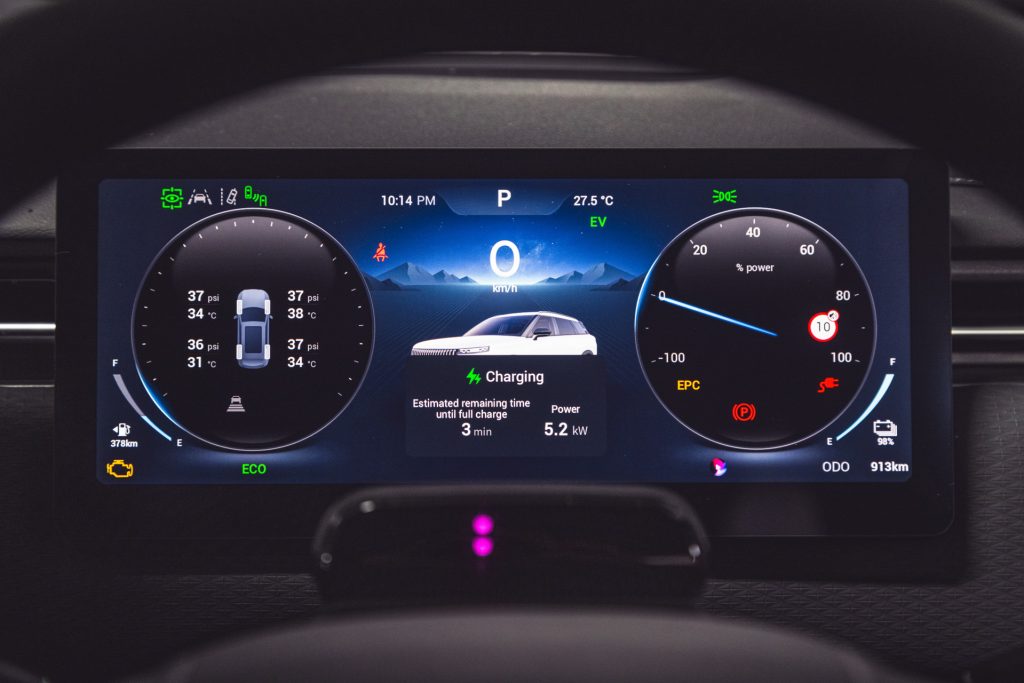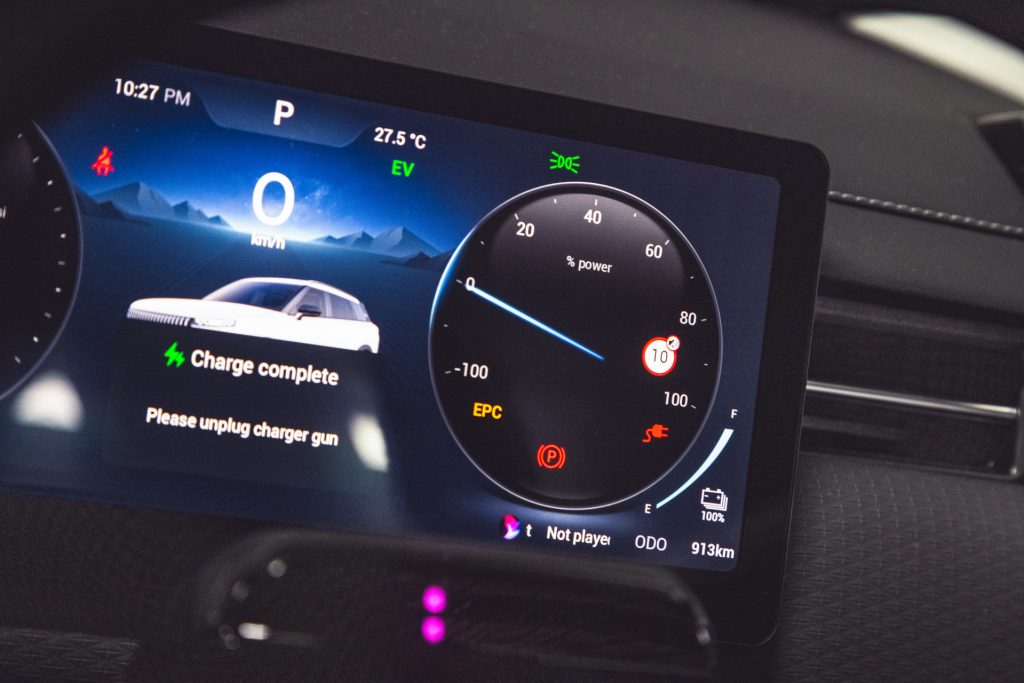Jaecoo J7 SHS – First drive of the new ‘Super Hybrid’
Words: Robert Barry
Following the New Zealand arrival of the Jaecoo J7 SUV last year, the Chery Auto sub-brand has now launched a plug-in hybrid version, using what it calls a Super Hybrid System (SHS).
It will be available in New Zealand from May 2025, priced from $49,990.
Omoda Jaecoo will offer a warranty which covers the J7 SHS for eight years with no limit on the kilometres travelled. This also includes 12 months of roadside assistance, with the opportunity of extending this for a further seven years by completing servicing at authorised Jaecoo dealers.
Unlike the 1.5-litre petrol version with a seven-speed auto, which is available in front-wheel-drive and all-wheel-drive, the J7 SHS is front-drive only, albeit in the top-spec Summit trim.
We spent a day driving the J7 SHS from Sydney Airport to the Central Coast and came away impressed with the quality and the performance of this latest plug-in hybrid created by the Chinese manufacturer with the continent’s largest export volume.
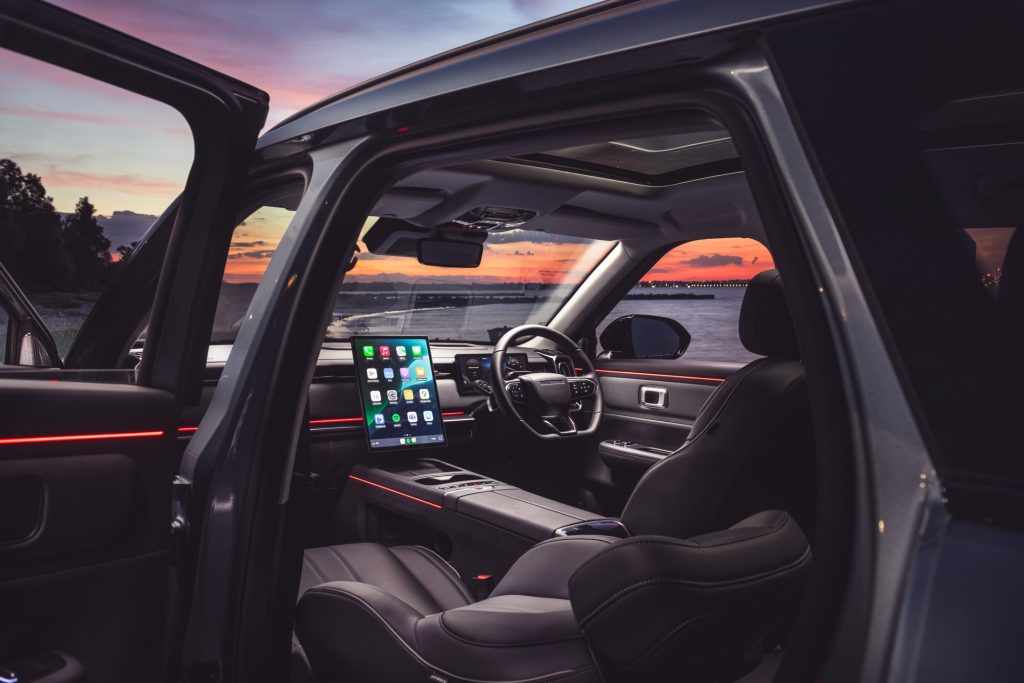
Jaecoo J7 SHS – power and performance
The newly developed powertrain for the J7 SHS incorporates a Miller Cycle 1.5-litre turbocharged petrol engine, which produces 105kW/215Nm, while the single electric motor has 150kW and 310Nm of torque.
Power is sent to the front wheels via a single-speed Dedicated Hybrid Transmission (DHT). The Super Hybrid System offers various driving modes including pure electric, series, parallel and energy recovery.
Read more 2024 Jaecoo J7 EX review
In plain English, that means the J7 will operate as a battery electric vehicle, or a hybrid vehicle and if required there is also direct drive from the Miller Cycle petrol engine to the front wheels at speeds over 80km/h.
Ordinarily, it allows drivers to enjoy pure electric operation at low speeds and is ideal for city commutes under 40 km/h while providing efficient fuel performance at speeds above 80 km/h.
Travelling up to 106km (NEDC) without charging, the Lithium Iron Phosphate battery has a capacity of 18.3kWh and can be charged from 30-80 per cent at up to 40kW on a DC fast charger in 20 minutes.
Above 30 per cent charge, the SHS can run as a pure EV up to speeds of 120km/h.
In hybrid mode, the two units work in unison to deliver a total claimed driving range of 1200km.
Jaecoo J7 SHS – design and specification
People who are familiar with the pure petrol J7 will notice a few subtle differences behind the wheel of the SHS version.
For a start, the gear selector has been moved from the centre console to the right-hand side of the steering wheel. It’s now a column shift lever not unlike those found in a Mercedes-Benz. Also mimicking M-B, there is a combined indicator/wiper stalk found on the left-hand side of the steering wheel.
The new configuration provides an airier cabin atmosphere but more importantly frees valuable space to store life’s flotsam and jetsam as well as keep more mobile phones charged up and ready.
The design of the door cards in the J7 SHS is also more conservative, losing the rather ornate chromed door handles of the petrol siblings, for a plainer and more subtle look.
Externally, the J7 retains the brand’s signature waterfall grille and power retractable door handles but the SHS is differentiated by a side mirror accent, 19-inch aero alloy wheels and a subtle graphic on the lower protective strip of the front and rear doors, in addition to a PHEV badge on the lower right side of the powered rear tailgate.
The J7 SHS comes with a generous specification including, Intelligent voice command (Hello Jaecoo), wireless Apple CarPlay and Android Auto, colour selectable ambient lighting (dashboard and doors), dual-zone climate air, eight-speaker Sony audio, head-up Display (HUD), Navigation, perforated synthetic leather seats, panoramic sunroof, 14.8-inch LCD infotainment touchscreen (powered by Snapdragon), 50W wireless charger and a 360 degree around view monitor.
It also offers up to 17 advanced driver assistance systems.
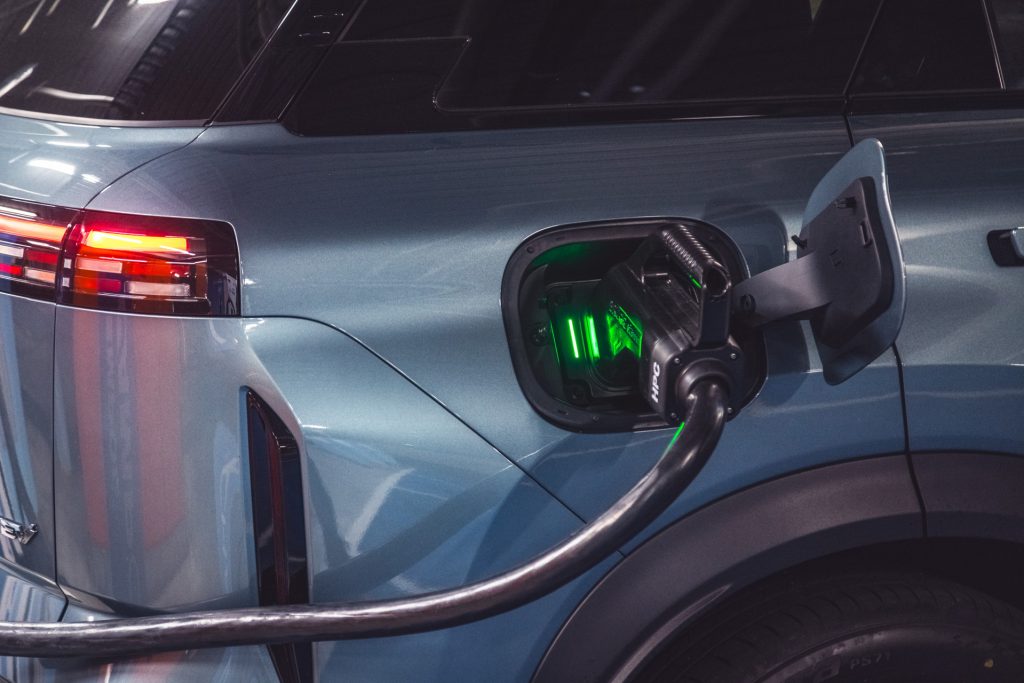
Jaecoo J7 SHS – first drive impressions
Like most hybrids, the J7 SHS is silent on ignition, and you need to check the green ‘ready’ light is illuminated before you try and engage drive.
The fit and finish of the cabin and the upholstery are up to the quality of more expensive cars from Japan and Korea if not also Europe. The Chinese brands have come a long way in such a short time and are to be commended for it.
On the road, the J7 SHS is incredibly quiet, with very little tyre roar coming from the low-profile tyres that adorn the 19-inch Aero Alloy wheels. It feels solidly planted to the road thanks to the under-floor battery pack which also contributes to the very friendly and neutral handling.
Thanks to the combo of petrol and battery and electric, the J7 SHS offers seamless acceleration up steep inclines, and overtaking trucks and other slower traffic on the Sydney Freeways which have a 110km/h speed limit proved to be no issue for this PHEV.
The J7 SHS has a smidgen of understeer, as you would expect for a front-wheel-drive SUV shod with more environmentally conscious rubber, but you point it at a corner, and it will track around without drama or hesitation.
Both the feel of the steering and the brake regeneration can be adjusted through the touchscreen. The steering can be adjusted from very light to much firmer, and the brake regeneration can be adjusted from very little to very aggressive if you prefer to indulge in one-pedal driving such as in a battery electric car.
The brakes are very sensitive and like old Citroens of yore, they require a deft touch. Hit the pedal too firmly with your right foot, your passengers will be thrown about unnecessarily.
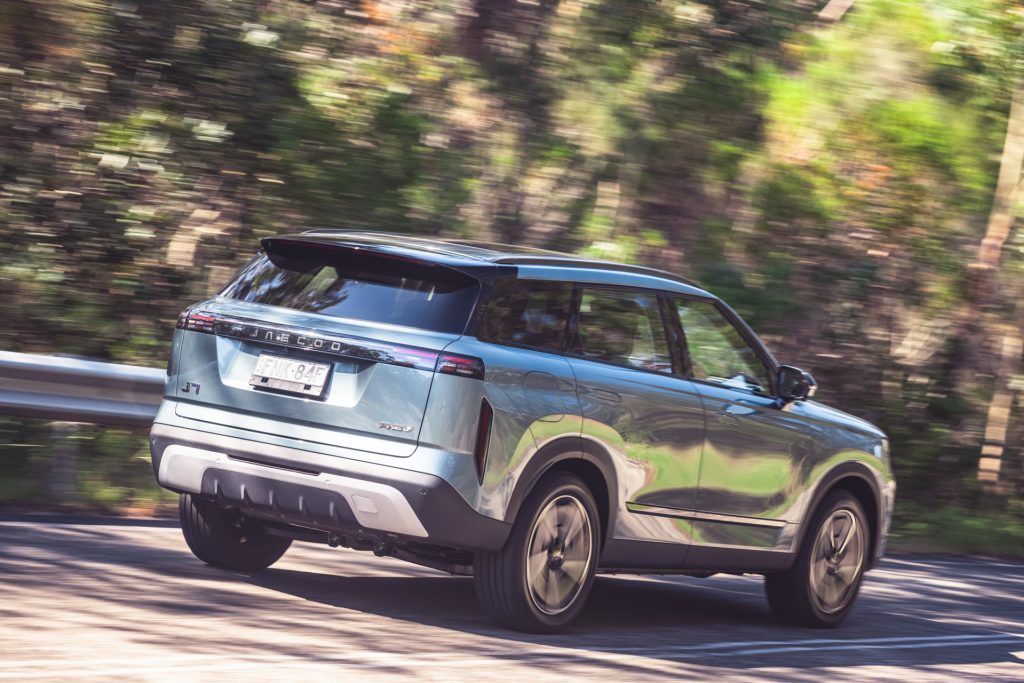
One positive thing to note for a Chinese brand, and some Japanese ones for that matter, is the well-adjusted advanced driver assistance systems, which are subtle in operation and will keep you in your lane without jerking the steering wheel or making loud and unwarranted shrieking noises.
Overall, for a first attempt at a PHEV for export markets, the Jaecoo J7 SHS impresses as it offers a lot of tech, spec, warranty and fuel efficiency for the not unreasonable asking price of $50k, and we think it will give the incumbent Mitsubishi models more than a good run for their money.



